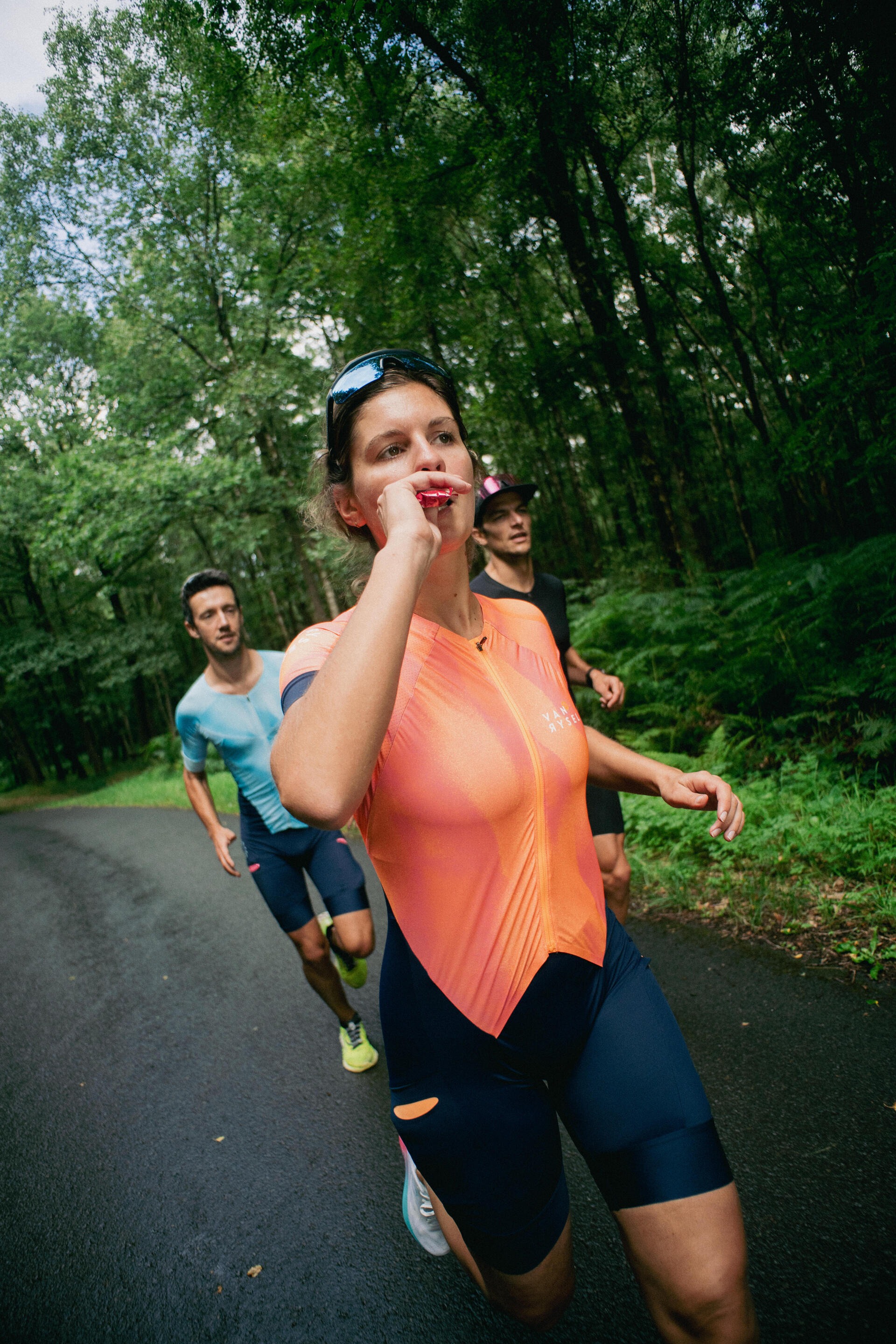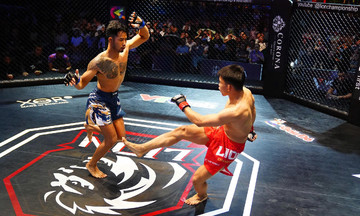Running seems simple, but it's surrounded by countless debates and conflicting advice. The deeper runners get into the sport and increase their mileage, the harder it becomes to find reliable information.
Running shoes have been a subject of debate for over a decade, according to Matthew Moran, professor of sports science at Sacred Heart University (USA). In the early 2010s, minimalist shoes gained popularity thanks to the book "Born to Run", which argued that less cushioning reduces injuries. But this trend faded as the community shifted to shoes with thick soles, foam cushioning, or carbon plates.
The boom in new shoe technology, according to Professor Moran, led many to believe that more cushioning equals a lower risk of injury. But in reality, that's not necessarily true. Some runners may benefit from thick cushioning, but there's no clear evidence that it prevents injuries.
To clarify, experts have identified six "myths" that runners should stop believing.
Long-distance running doesn't require supplemental training.
Many runners believe that simply increasing mileage is enough to improve. But Alison McGinnis, director of expertise at Finish Line Physical Therapy (New York), asserts that to run faster and with greater endurance, runners need strength training.
"Strong muscles and tendons are key to injury prevention. If you only run without strengthening, sooner or later your body will 'rebel'," she said.
 |
Supplemental training is a detail that many runners often overlook while running. Photo: Grokker |
Supplemental training is a detail that many runners often overlook while running. Photo: Grokker
No need to eat after a run.
After a strenuous run, many lose their appetite due to decreased ghrelin hormone and increased metabolites, causing the body to temporarily "turn off" hunger signals.
But according to sports nutritionist Kristy Baumann (Minneapolis), this feeling can be deceptive for runners. "This is when you can't just listen to your body; you have to apply sports nutrition knowledge. Skipping the post-run meal will slow down the recovery process," she emphasized.
Lactic acid causes muscle soreness.
Lactic acid (lactate) is produced when the body breaks down glucose for energy in the absence of sufficient oxygen (during strenuous running, sprints, uphill climbs, etc.). Despite being debunked decades ago, the notion that "lactate causes muscle soreness" is still prevalent. Scott Murr, a lecturer at Furman University (USA), said that in one of his classes, all the student athletes believed that lactic acid caused muscle soreness.
In reality, lactate is an energy source produced when the body breaks down glucose, and it's not "harmful" but rather an important energy source. The heart and skeletal muscles can reuse lactate to create ATP (energy for movement).
The "burning" sensation during strenuous running is mainly due to the accumulation of hydrogen ions (H⁺), which lowers muscle pH, not lactate. Delayed onset muscle soreness (DOMS) actually comes from small micro-tears in muscle fibers after unusual stress, such as the grueling final stretch of a race, and is not directly related to lactate.
Energy gels always cause stomach upset.
Some runners complain that energy gels cause digestive upset. But according to Baumann, the problem isn't necessarily the gel itself, but rather the body's lack of acclimatization, or dehydration.
"The stomach is also a muscle; it can be trained," she said. The solution offered by this nutritionist is to gradually acclimate, starting with half a gel packet with water every 40 minutes, then progressing to a full packet every 30 minutes combined with electrolytes. This method helps the digestive system absorb better, supporting performance during competitions.
 |
The body needs to be trained to use and optimize energy gels while running. Photo: Decathlon |
The body needs to be trained to use and optimize energy gels while running. Photo: Decathlon
Complete rest is the best way to recover from an injury.
The phrase runners hate the most is: "You have to rest until it's completely healed." For some serious injuries like fractures, this is true. But according to Professor Iain Hunter (Brigham Young University, USA), for ligament or tendon strains, absolute rest can be counterproductive.
"The body needs blood circulation to heal. If you stop completely, the recovery process will slow down," he explained. In this case, runners should consult a coach or physical therapist to choose appropriate forms of exercise, which may include light running.
"Serious" runners must train hard every day.
Many runners mistakenly believe that to be serious about the sport, they must run every day. Coach Steve Finley, co-founder of the Brooklyn Track Club, said that even Olympic-level athletes only maintain 65-80 km per week, much less than some amateur runners.
Dena Evans, a coach with over 25 years of experience in running, says that many of her students believe that pushing themselves to the limit every day is the only way to improve. But endurance running follows a basic principle: alternating hard and easy days is necessary for the body to adapt and develop.
Running is simple but not easy. Believing in false "myths" can lead runners to train incorrectly, slow down progress, and even get injured. Understanding correctly and training correctly – that is the sustainable path for runners to go far.
Compiled by Nhat Tao












